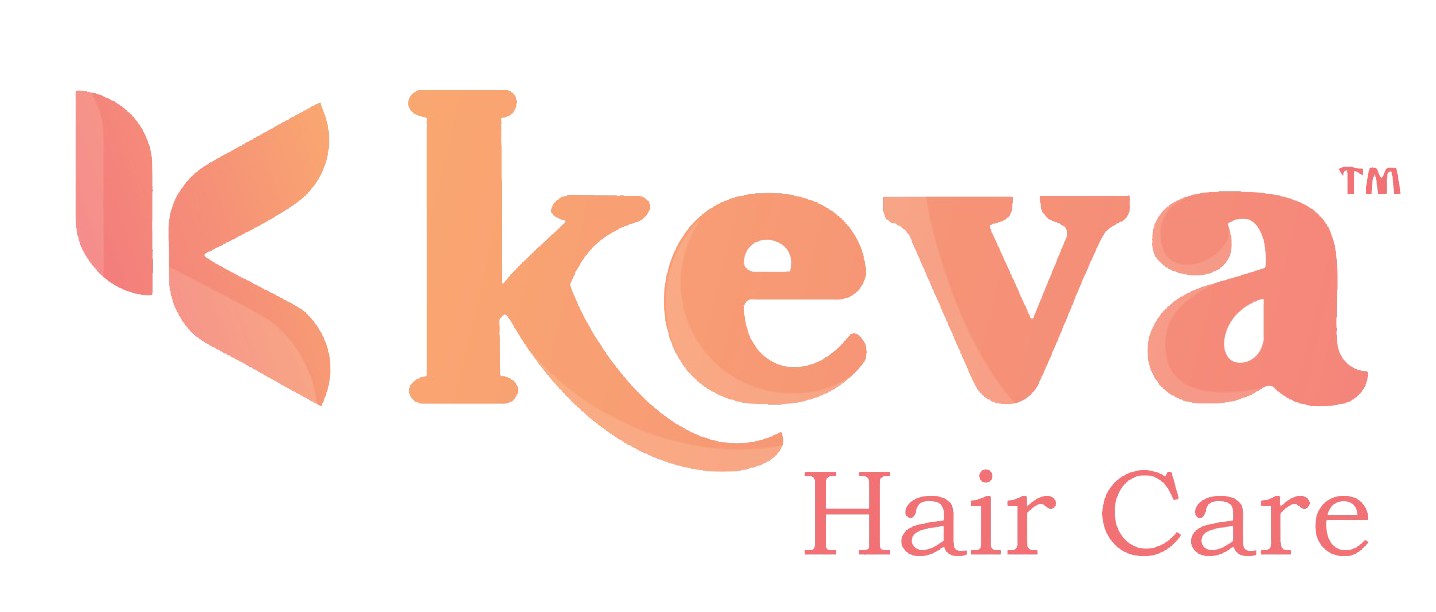Future Trends in Hair Transplant Technology: A Glimpse into the Next Era of Hair Restoration
Hair restoration has come a long way in the past few decades. What was once considered a luxury for the wealthy is now accessible to many people struggling with hair loss. With advancements in technology and technique, the future of hair transplants promises to be even more groundbreaking. As we move toward more refined, precise, and patient-friendly procedures, several trends are poised to shape the future of hair restoration. In this blog, we’ll take a look at some of the most exciting developments in hair transplant technology.
1. Robotic Hair Transplants: Precision at Its Best
Trend Overview:
One of the most revolutionary advancements in hair transplant technology is the rise of robotic-assisted procedures. Robotic systems, such as the ARTAS Robotic System, have already made their mark in the field by improving the accuracy, speed, and effectiveness of hair transplant surgeries.
What’s Next:
In the future, we can expect even more refined robotic systems capable of performing Follicular Unit Extraction (FUE) with a level of precision that surpasses human ability. These systems will be able to automate hair follicle extraction, placement, and grafting with less human intervention, resulting in minimal scarring and faster recovery times.
Benefits:
- Highly accurate follicle extraction without damaging surrounding hair.
- Reduced risk of human error.
- Faster procedures with minimal downtime.
2. Stem Cell and Hair Cloning Technology
Trend Overview:
Stem cell research has opened up new possibilities for hair regeneration. In the past, stem cell-based treatments have shown promise in stimulating dormant hair follicles and promoting regrowth in thinning areas.
What’s Next:
One of the most exciting possibilities is hair cloning, where scientists extract hair follicles from a patient, grow them in a lab, and then implant them back into the scalp. Although this technology is still in its experimental stages, it holds immense potential for creating a virtually unlimited supply of hair for transplant.
Benefits:
- Potential for an endless supply of hair follicles.
- More natural and permanent results.
- Can address more extensive hair loss.
3. Platelet-Rich Plasma (PRP) Therapy: Enhanced Growth Factors
Trend Overview:
PRP therapy (Platelet-Rich Plasma therapy) has already gained popularity as a non-surgical method for stimulating hair growth. This involves drawing the patient’s blood, processing it to concentrate the platelets, and injecting it back into the scalp to encourage hair regrowth.
What’s Next:
In the future, PRP therapy will likely become even more effective, with advancements in the preparation and application of plasma. New technologies may allow for a more targeted and controlled release of growth factors, potentially enhancing hair regrowth and even improving the overall success of hair transplants when used in combination with traditional methods.
Benefits:
- Non-surgical, with minimal downtime.
- Can improve hair transplant success.
- Stimulates natural hair growth.
4. Artificial Intelligence (AI) in Hair Restoration
Trend Overview:
Artificial intelligence (AI) is transforming a wide range of industries, and hair restoration is no exception. AI can now help in analyzing a patient’s scalp and hair characteristics, predict hair loss patterns, and recommend personalized treatment plans.
What’s Next:
In the future, AI could play a major role in both pre-operative planning and post-operative care. AI-driven algorithms will help surgeons make more precise decisions regarding the number of grafts required, the best donor areas for follicles, and even help monitor the healing process after surgery. Additionally, AI-powered apps might allow patients to track their progress and results over time, offering personalized care and advice.
Benefits:
- More accurate treatment planning and graft placement.
- Personalized care based on individual characteristics.
- Enhanced post-operative monitoring and recovery.
5. 3D Printing for Hair Restoration
Trend Overview:
3D printing technology has already revolutionized several industries, and it’s now making its way into the hair restoration field. In the future, 3D printing could be used to create custom hair implants or even 3D-printed scalp tissue for transplantation.
What’s Next:
As the technology develops, we may see 3D printers capable of creating hair follicles that perfectly match the patient’s natural hair texture and color. This could lead to highly personalized and seamless hair transplants, with results that are even more natural than what is possible today.
Benefits:
- Personalized hair implants tailored to each patient’s needs.
- Seamless integration with natural hair.
- Potential for better graft survival rates and less rejection.
6. Non-Invasive Hair Restoration: Laser Therapy and Microneedling
Trend Overview:
Non-invasive treatments like laser therapy and microneedling have already shown potential in helping with hair regrowth. Laser therapy uses low-level lasers to stimulate hair follicles, while microneedling involves tiny needles creating micro-injuries in the scalp to trigger healing and hair growth.
What’s Next:
In the future, we can expect more advanced, targeted non-invasive treatments that are customized to each individual’s unique hair loss pattern. These therapies may be combined with other techniques such as PRP or stem cell injections to enhance results without the need for surgery.
Benefits:
- Non-surgical and low-risk.
- Can complement other hair restoration treatments.
- Convenient and quick recovery.
7. Hair Restoration for Women: Focused Solutions
Trend Overview:
While hair restoration procedures have primarily focused on men, there is growing recognition of the need for specialized treatments for women. Women’s hair loss patterns differ from men’s, and treatments need to be tailored accordingly.
What’s Next:
In the future, there will likely be more advancements in hair transplant technology designed specifically for women. This includes techniques for tackling diffuse thinning and options for women with high-functioning hair follicles. Additionally, non-invasive treatments such as scalp micropigmentation could gain popularity as solutions to camouflage hair thinning in women.
Benefits:
- Tailored treatments for women’s unique hair loss patterns.
- Less invasive options for women.
- Increased confidence for women struggling with hair loss.
Conclusion: A Bright Future for Hair Restoration
As we look toward the future of hair transplant technology, one thing is clear: the industry is on the brink of major breakthroughs. From robotic-assisted procedures to stem cell research and personalized AI treatments, the future promises to make hair restoration more effective, accessible, and less invasive than ever before. These advancements will not only benefit those suffering from hair loss but also pave the way for better, more natural-looking results for everyone seeking a solution.
At Keva Hair Care, we are committed to staying at the forefront of these advancements, providing our clients with the latest, most effective hair restoration treatments. Whether you’re considering a transplant or exploring non-invasive options, our expert team is here to guide you through your journey to healthier, fuller hair.
Contact Us Today!
Address: No 424K, 3rd Floor, Harmony Complex, Diwan Bahadur Rd, above ICICI Bank, above Pandiyan Medicals, R.S. Puram, Coimbatore, Tamil Nadu 641002.
Phone: +91 95855 25905
Website: https://kevahaircare.com
Frequently Asked Questions
What is the success rate of hair transplants at Keva Hair Care?
Our hair transplant procedures have a high success rate, thanks to our skilled surgeons and advanced techniques. We aim to provide natural and long-lasting results.
How long does it take to recover from a hair transplant?
Recovery typically takes 7–10 days, but most patients can resume regular activities within a few days. We provide comprehensive post-care instructions to ensure smooth healing.
Is a hair transplant permanent?
Yes, hair transplants provide permanent results as the transplanted hair follicles are resistant to hair loss. However, maintaining healthy hair requires proper care.
Are there any side effects of hair transplant procedures?
Minor side effects such as swelling or redness may occur but subside within a few days. Our team ensures the procedure is safe and minimally invasive.
How do I book a consultation at Keva Hair Care?
You can book a consultation by calling us at +91 95855 25905 or visiting our website at https://kevahaircare.com.
blog
Related articles

Hair Care Tips for Different Seasons

Ultimate Guide to Choosing the Right Shampoo for Your Hair Type


